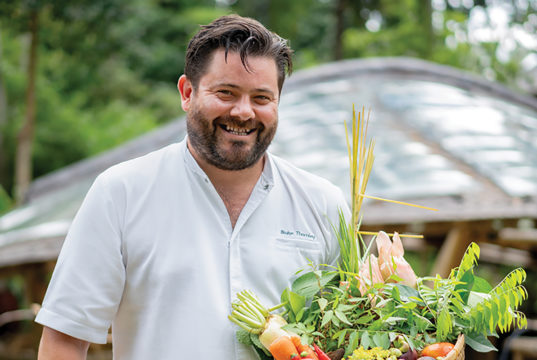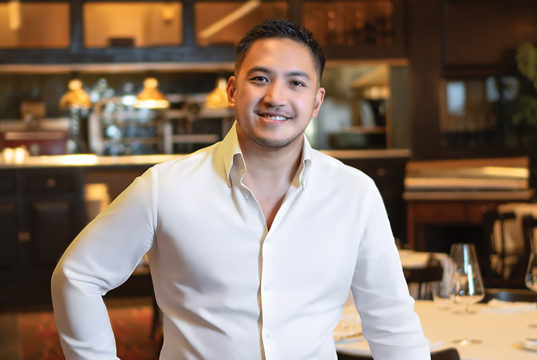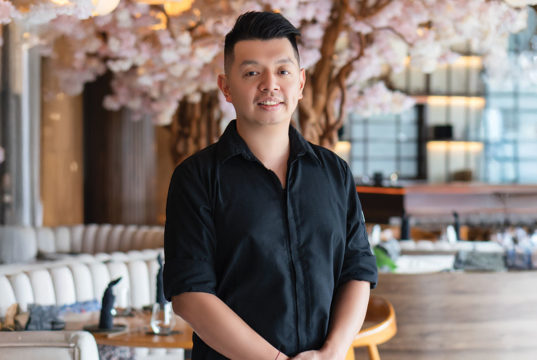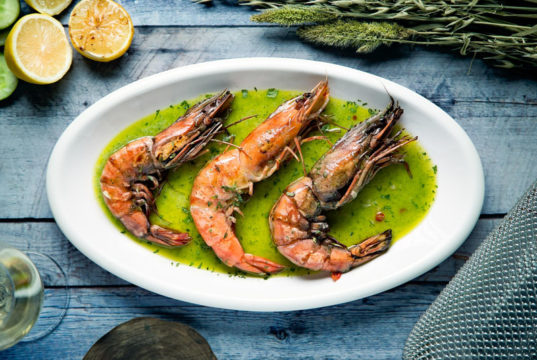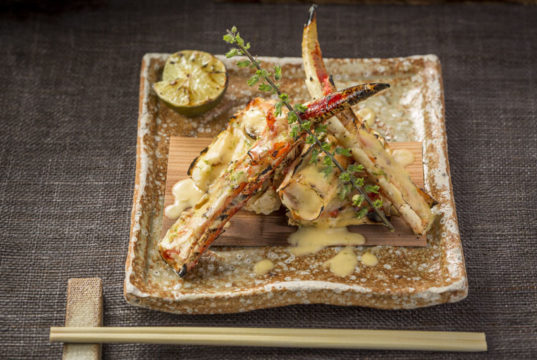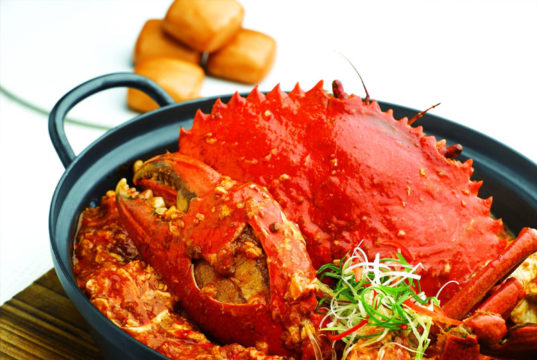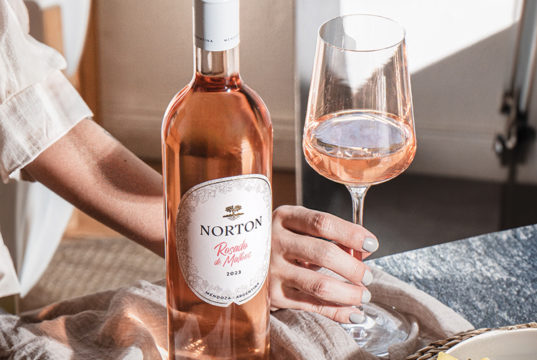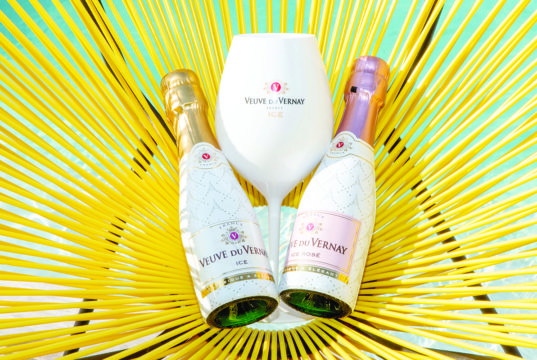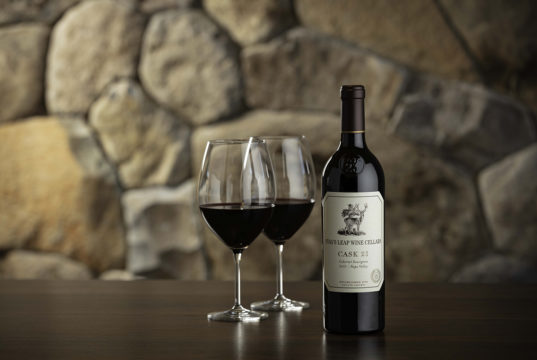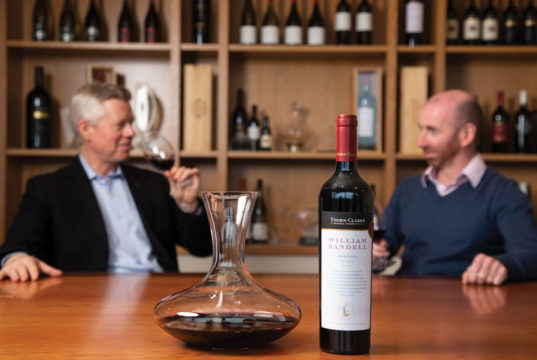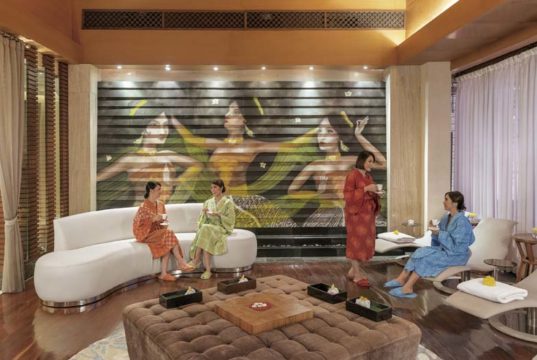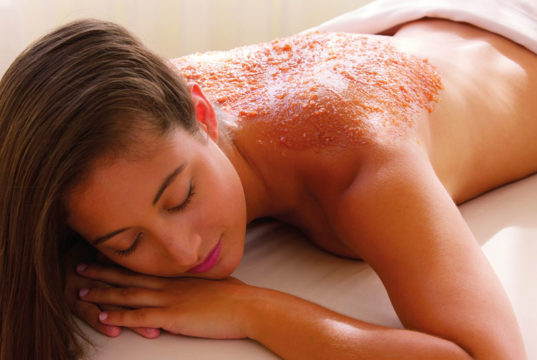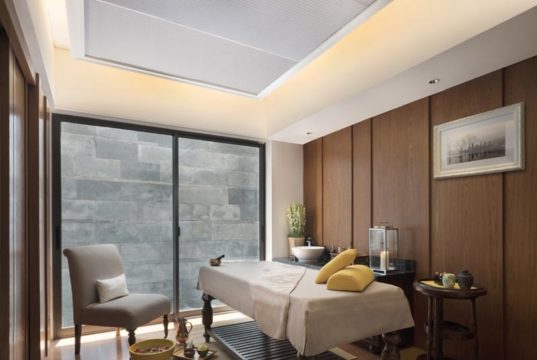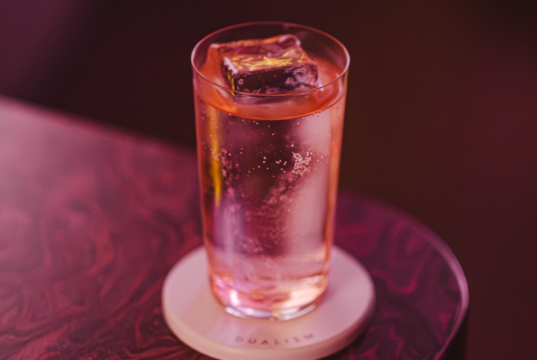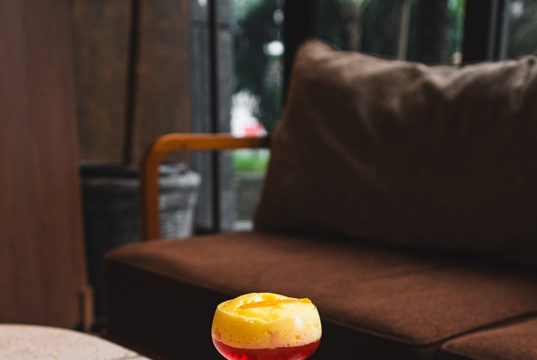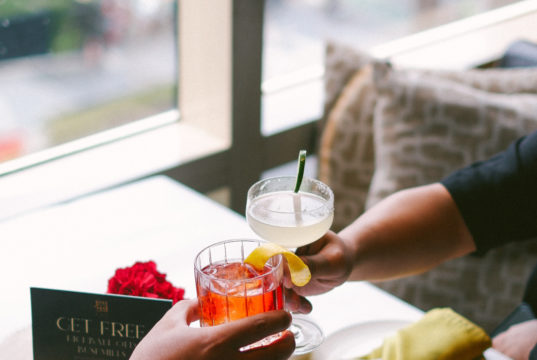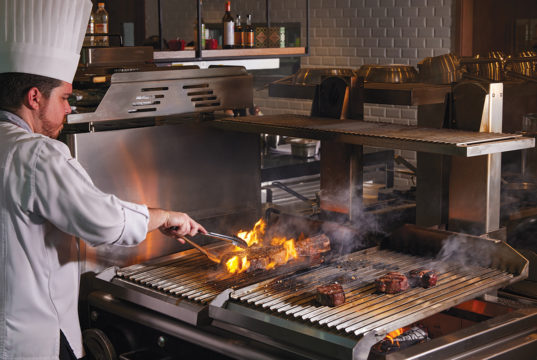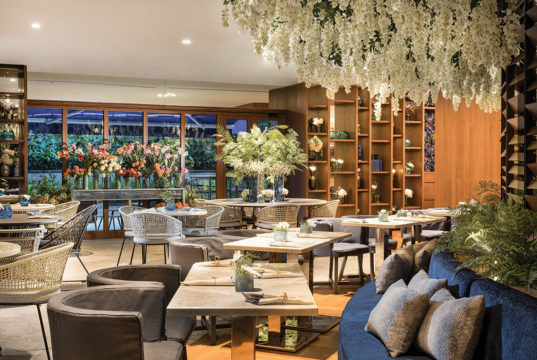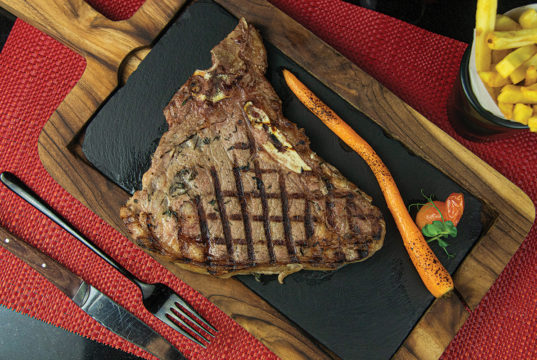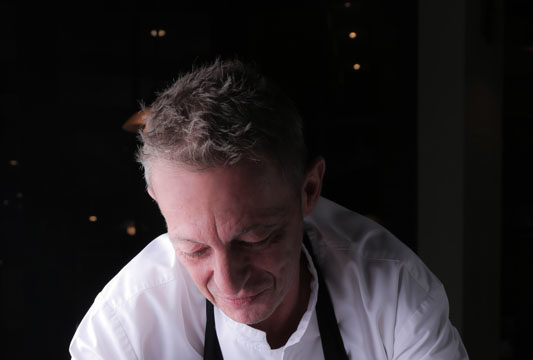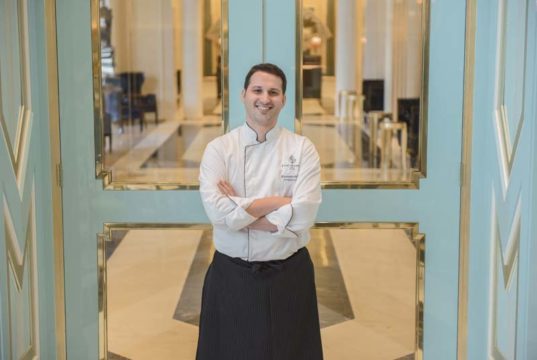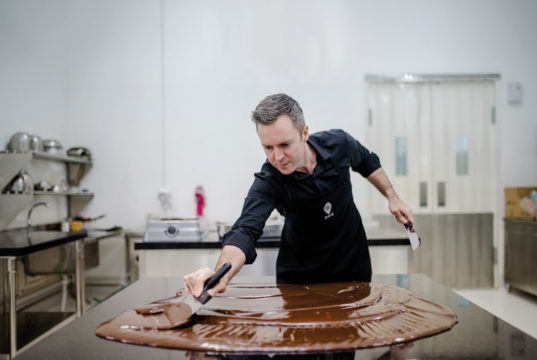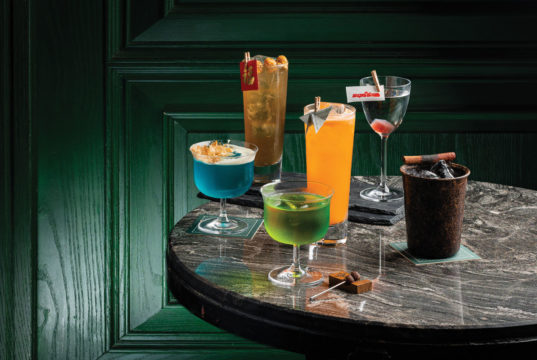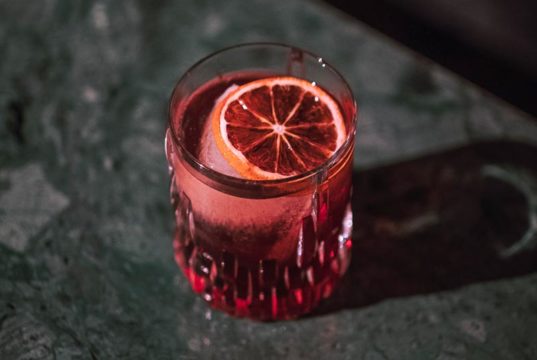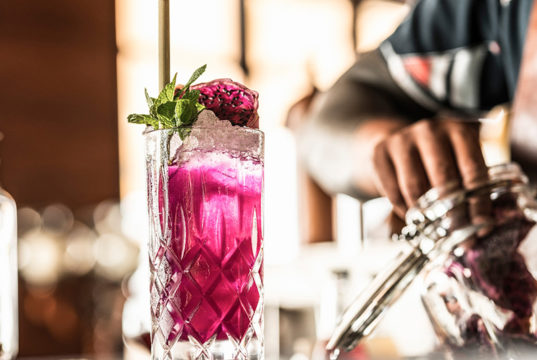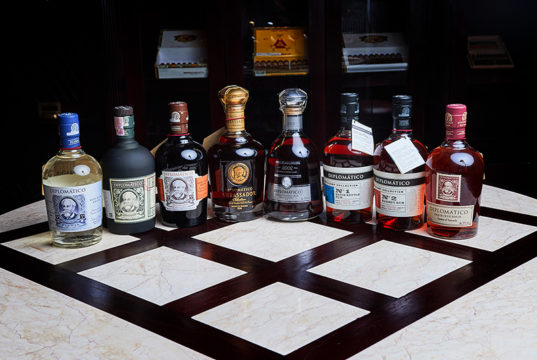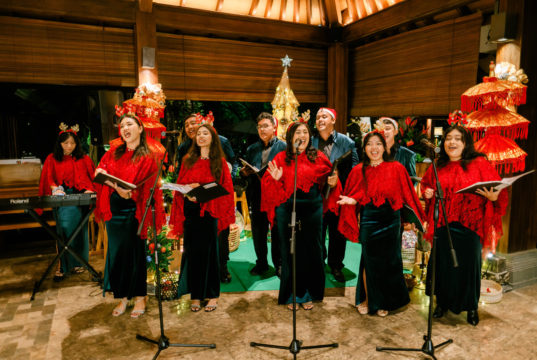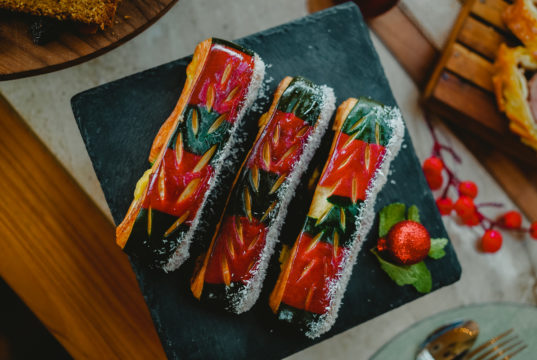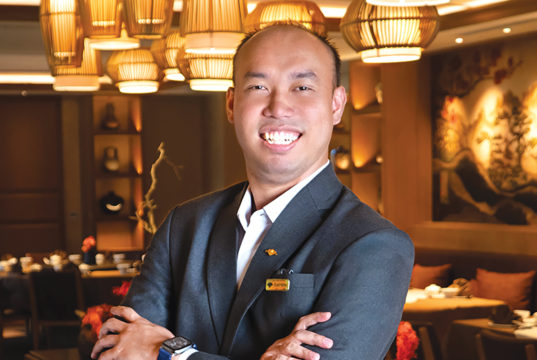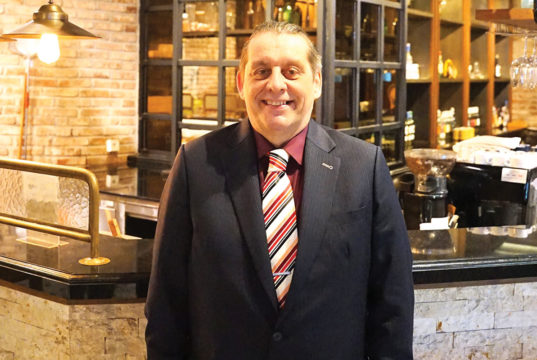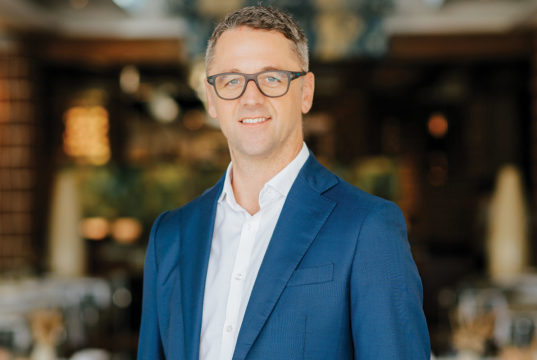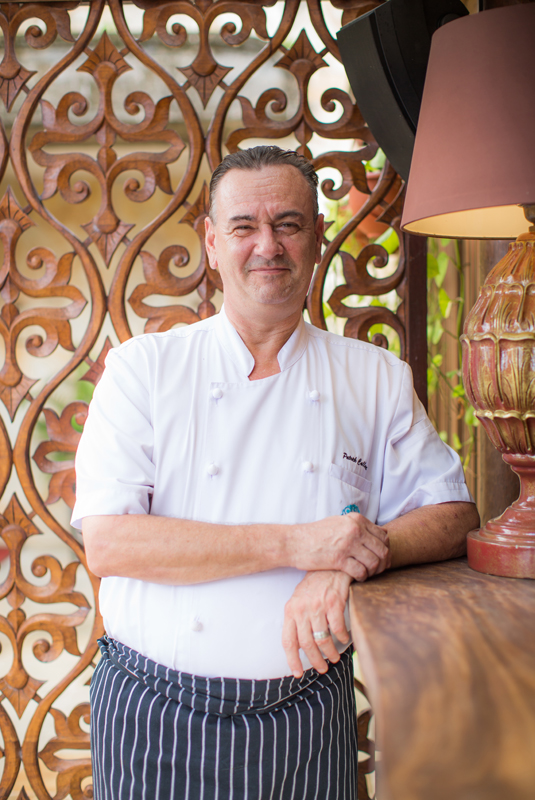Patrick Callarec oversees the 19 restaurants, in-room dining and banqueting at the vast integrated resort, AYANA Resort & Spa BALI and RIMBA Jimbaran BALI, having to decide every day where to focus his attention for the best impact. Never daunted by the scope of his responsibility, he states that with the multitude of ongoing and upcoming projects, there is always something new and never any time to get bored. Exquisite Taste managed to get Patrick to sit down for a while and talk about his career, experiences and how it all started.
E: I’ve read that you started your culinary education aged 13 in Menton. Were you convinced of your career at such a young age?
Patrick: My passion for cooking started with my grandma. She had a farm in the middle of France and I loved that she raised her own chickens, rabbits, pigeons; she had her own vegetable garden, everything came from her garden. That is still my ideal. At home, my dad used to cook for us every day. So family is pretty much where I found my love for cooking.
I really didn’t enjoy school, so when I was 13, I joined a community college in the south of France and got my diploma at 15. When I graduated, I had to have special permission from the mayor of the city to go to work because I was underage.
E: Many young chefs head to France to refine their skills. What made you decide to leave France for North America?
P: I started cooking at 13, by the time I was 19, I was ready. I love to travel; I’ve never been the type of person to stay in one place for a long time. Except for Hawaii… I had my restaurant, Chez Paul, for 10 years, so with that and family commitments, I stayed for over 20 years. In many ways I compare it to Bali. I enjoy being here too; the people are friendly, kind, gentle.
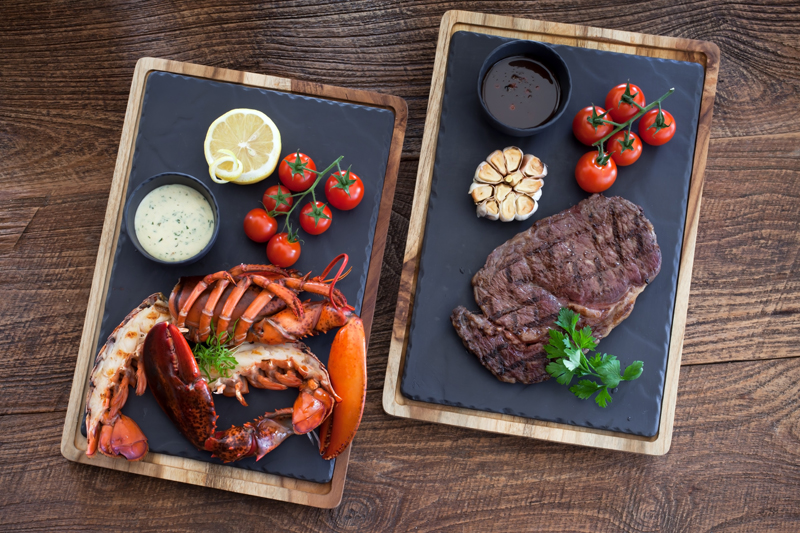
E: As executive chef at AYANA Resort & Spa BALI and RIMBA Jimbaran Bali, do you still get to cook, or is it mostly management?
P: I love to cook, so I do two Chef’s Tables every month and cook a three-course meal and let the GM invite anyone he wants. It forces me to put my brain to work and come up with new ideas, to create new menus, then – the best part – I choose a kitchen and work around the chefs. It’s important for the kitchen staff to see that I can actually cook! I’ve been doing this for a long time and I don’t want to lose that passion and just be a paper pusher.
E: You’ve worked in many big hotels and had your own 55-seat restaurant, Chez Paul, in Hawaii. For a chef, how do they differ and which do you prefer?
P: I had Chez Paul for 10 years; that was fun, too. It was one of the highlights of my career. It required a lot of dedication. In many ways it’s harder than working in a hotel because you’re pretty much working 24 hours a day. When you are a hotel chef, you have accounting, engineering, marketing, maintenance… When you work on your own, you have to do it all yourself. If the toilet is blocked, you have to repair it yourself, it’s too expensive to call someone in; you have to do your own finance, you have to spend a lot of time on public relations.
I think that made me a better person, a better leader. When I became a hotel chef again, I believe I was a better chef because I was more humble. When you have your own place, if you lose your dish washer then you have to do the dishes yourself. You don’t have the luxury of having people available to replace them. It was a good experience, but so challenging.

E: In your travels, what new ingredients have you discovered that you love to use today?
P: I used to use Cape gooseberry a lot in Hawaii, it has a sourness, while still being sweet – it goes very well with venison, among many other things. I’m still trying to find it here; I’ve been told I will be able to get it, but it hasn’t happened yet.
E: What is your favourite cooking style?
P: French, of course, it’s what I learned in the beginning. I still use some of the same recipes I learned 25 years ago. I love to work with game. To me it’s some of the best food in the world. I want to put ostrich and wood pigeon on the menu, but they’re not available here and can’t be imported.
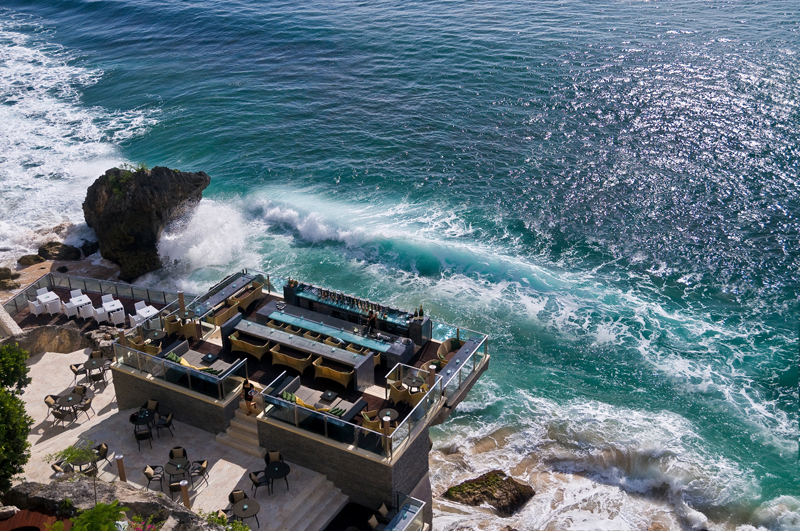
E: Where is the most unusual/interesting place you have been asked to serve a dinner?
P: There is a huge volcano in Hawaii called Haleakalā that people visit at night to wait for the sunrise; it gets very, very cold there. One guest had just got engaged and he wanted us to cook a fancy dinner for him and his fiancée on top of the mountain. There is nothing up there, no electricity; all you can see are the stars. He provided a tent as a kitchen and arranged all the equipment and they ate their dinner in another really fancy tent. I went there with three of my guys and cooked all day, served the meal and slept in the tent because it was dark and we couldn’t see to get back! It was very eccentric, but they loved it.
E: With your extensive experience, what do you think is the secret to excelling as a chef?
P: Work with people who are better than you, who know more than you. Then you can learn from them – not just about cooking, everything. Hire the best people you can find.
Kipfler Ravioli
INGREDIENTS:
Pasta Dough:
- 2 eggs
- 1 tbsp olive oil
- 1 ½ cups flour
- Salt
Stuffing:
- 500g Kipfler potato
- 100ml cream
- 50g parsley
- 50 shallot
Foie Gras Cream:
- 150g foie gras
- 50ml cream
- 10g butter
- 100ml chicken stock
METHOD:
Pasta
- Mix all ingredients together, rest in a warm place for 30 mins.
- Roll the dough thin to make ravioli pouches.
Stuffing
- Roast potatoes for 40 mins at 160C.
- Sauté shallot then mix with smashed potato and cream.
- Chop parsley, stir into potatoes, season with salt and pepper to taste.
Foie Gras Cream
- Pan-fry foie gras.
- Simmer chicken stock with cream for 5 mins.
- Add the foie gras, then blend until smooth, adding cold butter at the end.
- Season with salt and pepper to taste
- Stuff ravioli pouches with potato mix. Cook. Drizzle with fois gras cream and top with a micro-herb salad and delicate charcoal tuile.
SERVES 5




